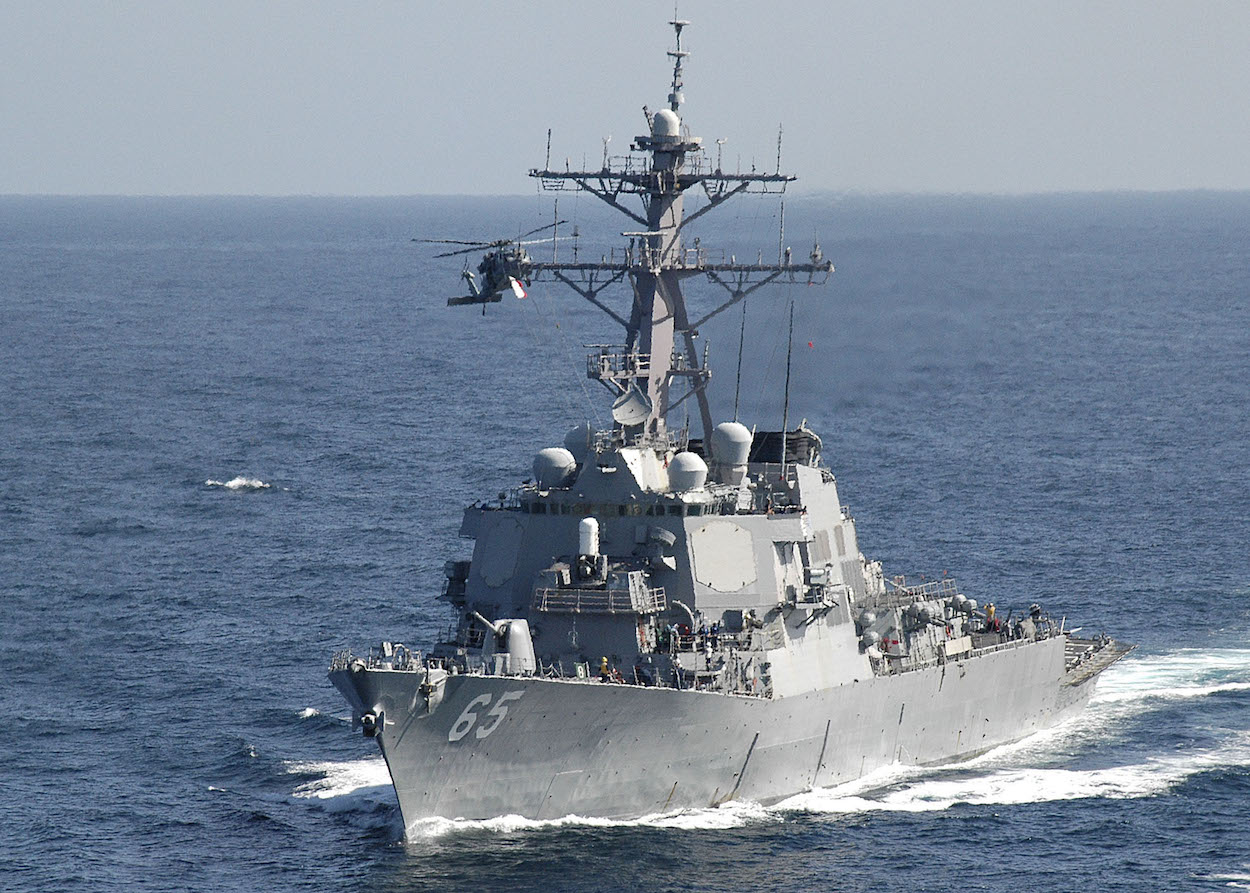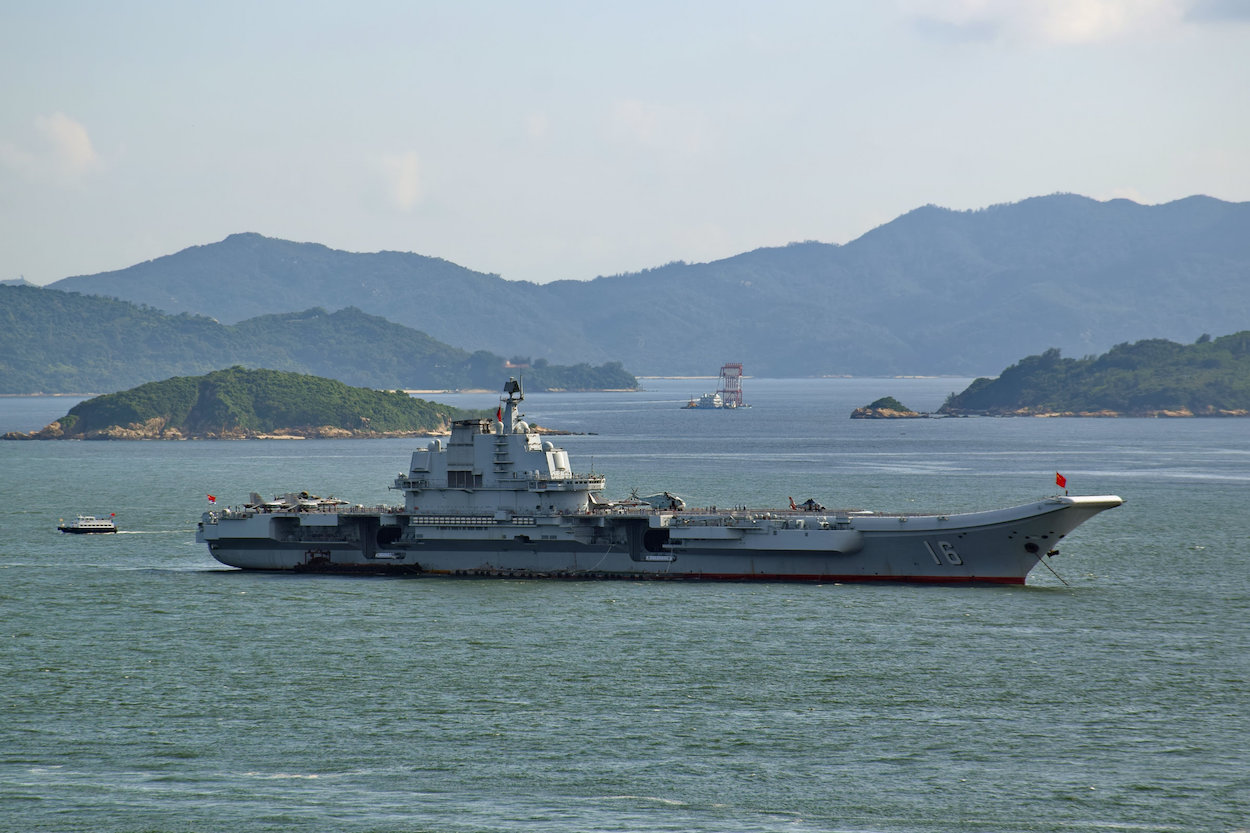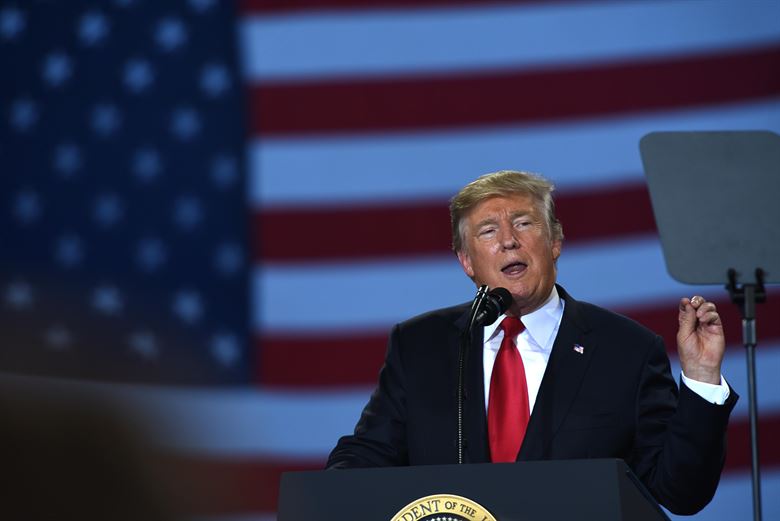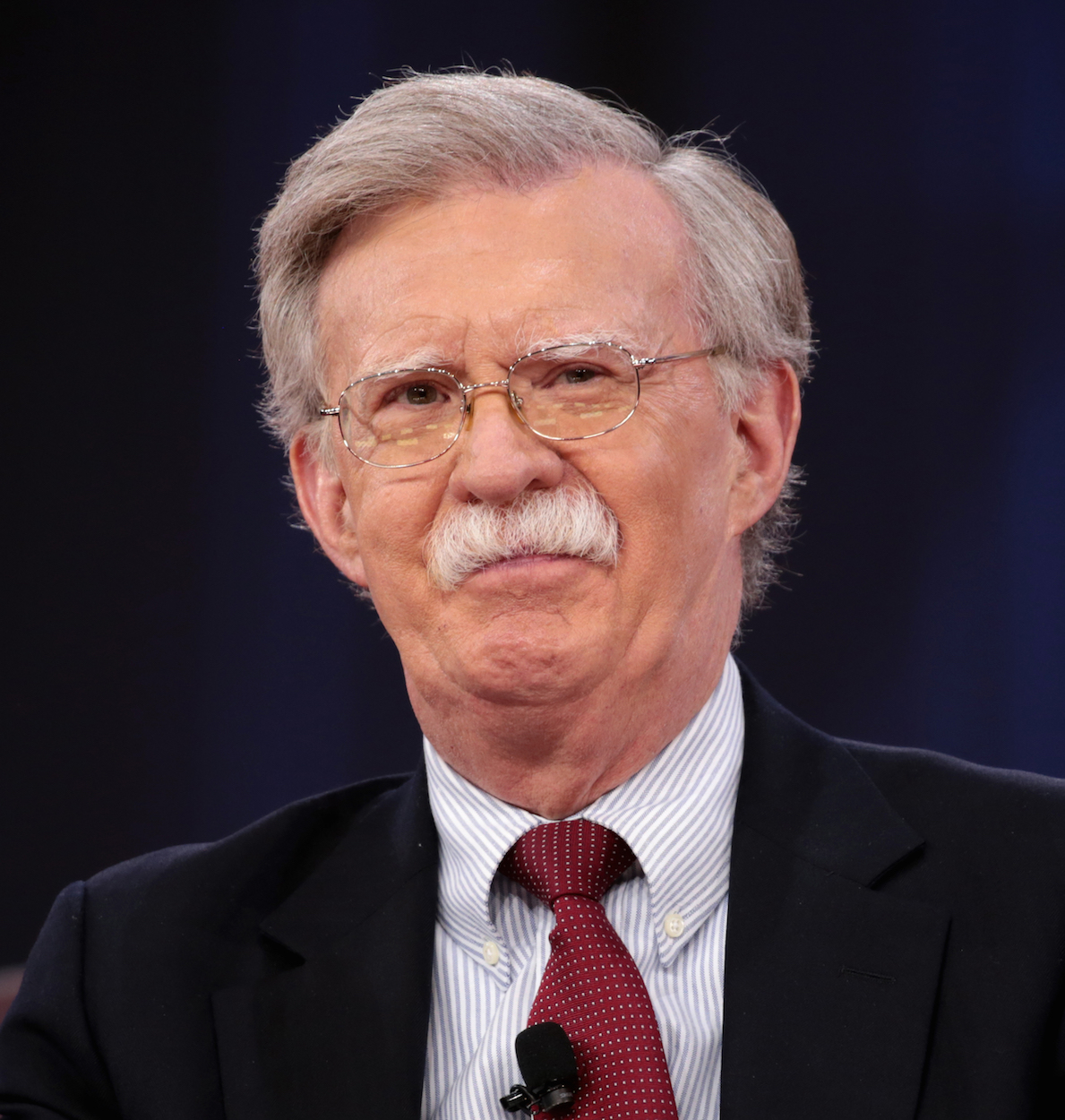by Brian Hioe
語言:
English
Photo Credit: US Navy/Public Domain
THE AMERICAN GOVERNMENT sailing two destroyers through the Taiwan Straits last week has been interpreted by some in Taiwan as a continued sign of stronger American support for Taiwan under president Donald Trump. However, some skepticism is in order.
First and foremost, one does well to remember that being anti-China does not necessarily mean being pro-Taiwan. It is probable that American destroyers were ordered into the Taiwan Straits due to the fact that the America’s trade war with China has begun in earnest, with China and America announcing 25% tariffs on 50 billion USD on each other’s goods. In this, China followed America’s lead, seeing as America has in past months suddenly embarked on a trade war with friend and foe alike, targeting not only China, but also long-standing European allies and Canada. China has claimed that it will take necessary and justified measures to retaliate against trade threats by America, while also positioning itself as a possible new guarantor of the international economic order that America long defended, but now has broken from.
 Photo credit: US Navy/Public Domain
Photo credit: US Navy/Public Domain
The trade war between America and China may further escalate in the future, with Trump threatening new measures against China. While some have warned that Taiwan could be affected by a US-China trade war given strong trading ties with both, others suggest that because of the sectors targeted by tariffs, Taiwan will face minimal affect. Regardless of whether Taiwan is affected by the trade war, as with Japan, another American ally in the Asia-Pacific region, Taiwan does stand to be affected by American tariffs on steel and aluminum imposed by the Trump administration. Like Japan, in the past, Taiwan has unsuccessfully lobbied for an exemption from these tariffs.
Indeed, it is probably because of its current trade war with China and not because of the geopolitical threats that America sailed warships through the Taiwan Straits. The last time the American government sailed warships through the Taiwan Straits was in July 2017. This was several months after the Trump-Xi summit in April 2017, immediately before which there had been a great deal of tension between America and China, and immediately after which there was a brief easing of tensions between America and China. Tensions between America and China worsened again after China was unable to reign in North Korea, as Trump called on Xi to do during the meeting.
 The Liaoning. Photo credit: Baycrest/WikiCommons/CC
The Liaoning. Photo credit: Baycrest/WikiCommons/CC
Between July 2017 and the present, however, China has escalated its military threats to Taiwan significantly. China sailed its sole aircraft carrier, the Liaoning, through the Taiwan Straits in January and March. By contrast, America has not sailed an aircraft carrier through the Taiwan Straits since 2007. China also held large-scale exercises simulating an invasion of Taiwan in April and has conducted flybys of Taiwan with Chinese fighter airplanes.
Notably, despite such threats by China, there was no response from America in defense of Taiwan—such as sailing destroyers through the Taiwan Straits—until after the start of its present trade war. There were those in Taiwan who, rather predictably, saw China being excluded from the RIMPAC exercises by America for the first time as a sign of stronger support for Taiwan. Yet, again, to be anti-China is far from being pro-Taiwan. While it is possible that China was hoping to pressure the US indirectly through threatening Taiwan, this was not responded to by America until last week—and, again, the primary goal of America seems to be to target Beijing.
Although there are those who interpret other American actions vis-a-vis Taiwan, such as the opening of a new AIT facility and the possibility floated that American marines will be stationed at this new facility, this confuses actions of several different magnitude entirely. To begin with, the opening of the new AIT facility was long planned, even before Donald Trump took the presidency, and it only by chance happened to coincide with this current period of heightened tensions between America and China. Given the numerous flip-flops of the Trump administration between periods of high tension and rapprochement with Beijing, had the opening come a few months sooner or later, it may have taken place during a period of easing tensions with Beijing in such a manner that would have led American government officials to downplay tensions.
 American president Donald Trump. Photo credit: US Army/Public Domain
American president Donald Trump. Photo credit: US Army/Public Domain
And the possibility of stationing a small detachment American marines at AIT means very little, seeing as American marines serve as security at American embassies across the world and, if AIT did not previously have a marine detachment, it certainly did have a security detachment. Marines would not stationed at AIT in such significant numbers as to deter Chinese invasion—a “Marine House” hardly being anything in size or scale like an American army base in Taiwan—and American military personnel are already present in Taiwan, even if more often in an unofficial capacity than not.
Some would also point to legal actions by America in support of Taiwan, such as the recent passing of the Taiwan Travel Act, to suggest increased support for Taiwan at present. However, many in Taiwan are insufficiently aware of reports that Trump was unhappy with Alex Wong, deputy assistant secretary of state for East Asian and Pacific affairs, visiting Taiwan in order to follow through on the provisions of the act shortly after it passed—this being because it could possibly disrupt negotiations with China at the time. Trump very probably remains aware that the “Taiwan card” is one he can play against China, hence actions such as sailing American destroyers through the Taiwan Straits but he may also view Taiwan as an unnecessary source of disruption—though he would certainly be far from the only American president to do so.
 John Bolton. Photo credit: Gage Skidmore/WikiCommons/CC
John Bolton. Photo credit: Gage Skidmore/WikiCommons/CC
In the meantime, some questions actually remain to be answered about why America would send warships through the Taiwan Straits at this juncture. Some, for example, see the hand of the hawkish National Security Advisor John Bolton behind the move. But while such a move is obviously aimed at intimidating Beijing and would be in line with other actions pushed for by Bolton, Bolton’s influence would seem to be on the wane in the Trump administration after Trump’s meeting with North Korean leader Kim Jong-un in mid-June, something that Bolton did not wish to take place and deliberately attempted to sabotage. The current constellation of forces within the Trump administration remains opaque.
Yet in general, wherever answers lie, one can generally expect Taiwan to remain only a chess piece or card to be played as part of the broader geopolitical game for America. Such would be hardly new for American empire.

